I’ve always appreciated the craftsmanship that went into our Hmong textiles. From the meticulous cross-stitching, to the embroidery, and their Batik techniques. Today we decided to learn first hand from Hmong artisans about the Batik techniques that I love so much in not only in our textiles but also in our wanderer ponchos. All I can say is wow, these women have great attention to detail, a deep knowledge to meanings of patterns, along with very steady hands! The Batik dying process includes tools handmade in their village which had different size points for making lines. Kind of reminded me of calligraphy pens! They use it to dip into beeswax that is harvested from their village. The beeswax is melted over a clay pot of fire which in time will turn black. They then draw their traditional patterns on a hand drawn grid all from memory. Specific patterns had different meanings and the one we are drawing below means good luck and protection for a baby, which they use to stitch into a baby carrier. I told her I didn’t have a baby yet, then she replied “When you do, bring your baby to our village”.
After the pattern is drawn, we then dip it into indigo which is harvested from their land. Winhus pictured below is showing us the indigo leaves prior to mixing it with ash and water to create the dye. From here the process can take days to weeks depending on preferred hue of indigo. You dip, then hang dry, and dip again. Once you have achieved the hue you prefer, you then dip the fabric into boiling water to melt off the wax and reveal the contrast of patterns. Ta-da! All the women in this tribe are such talented artisans and take much pride in their work. After months of working on one piece they then take it to the market to sell. Talk about delayed gratification! What a beautiful and slow process each piece is. They mentioned most of the kids in the village have started to lose interest in learning and is most interested in modern technology. Therefore only the older women in the village still hold this knowledge of their traditional Batik technique and through their textiles they work to preserve remnants of their culture.
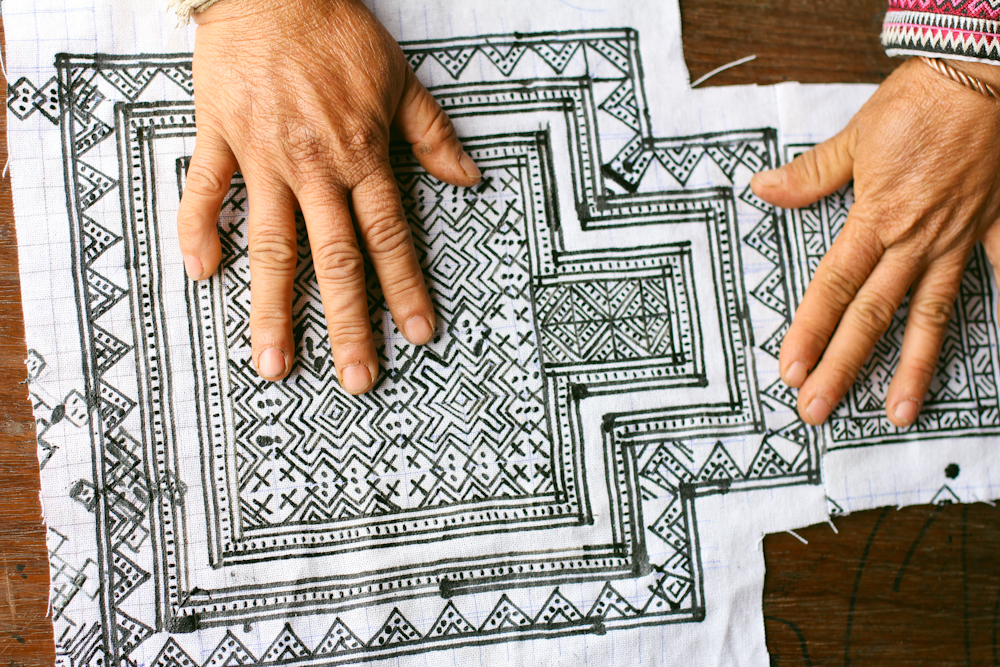
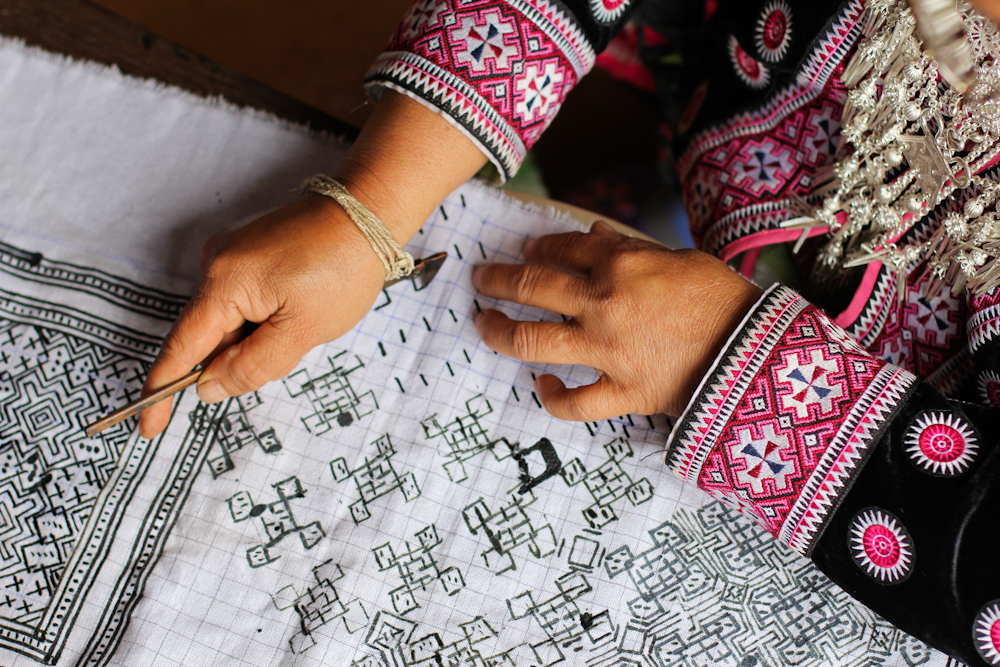
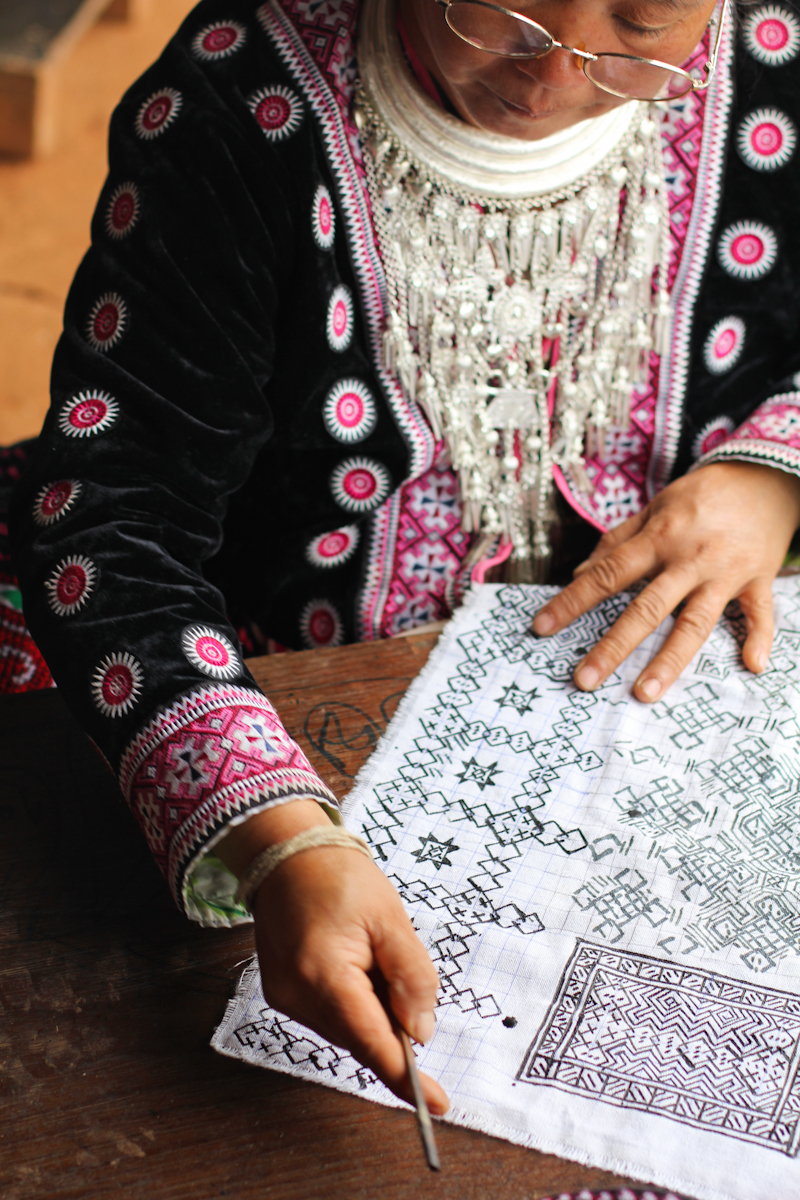
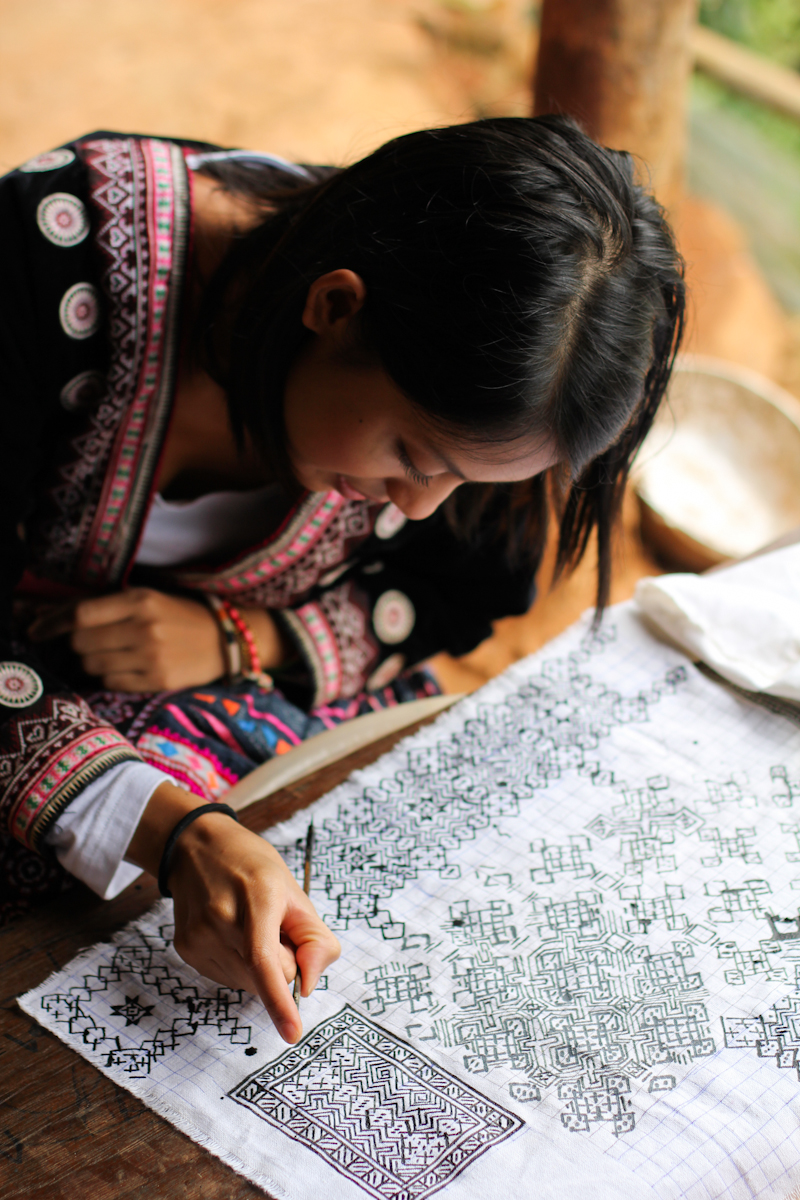
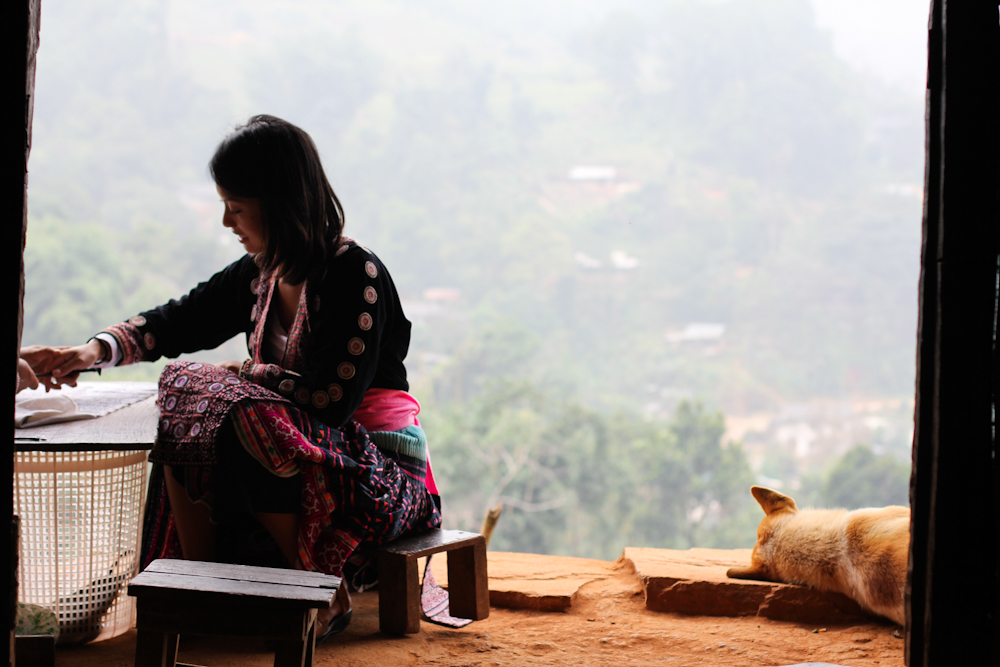


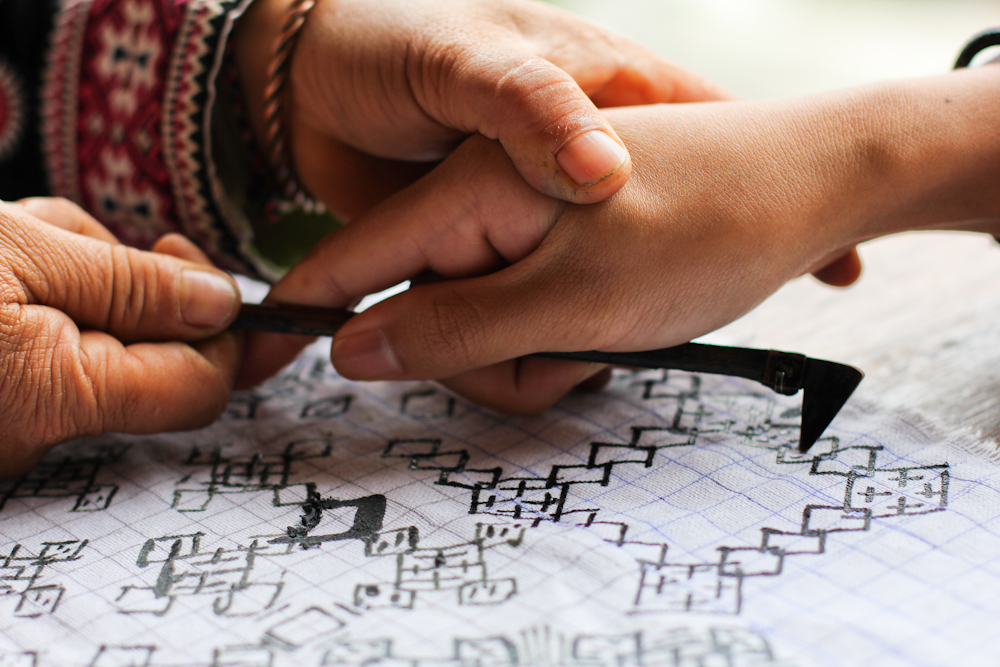
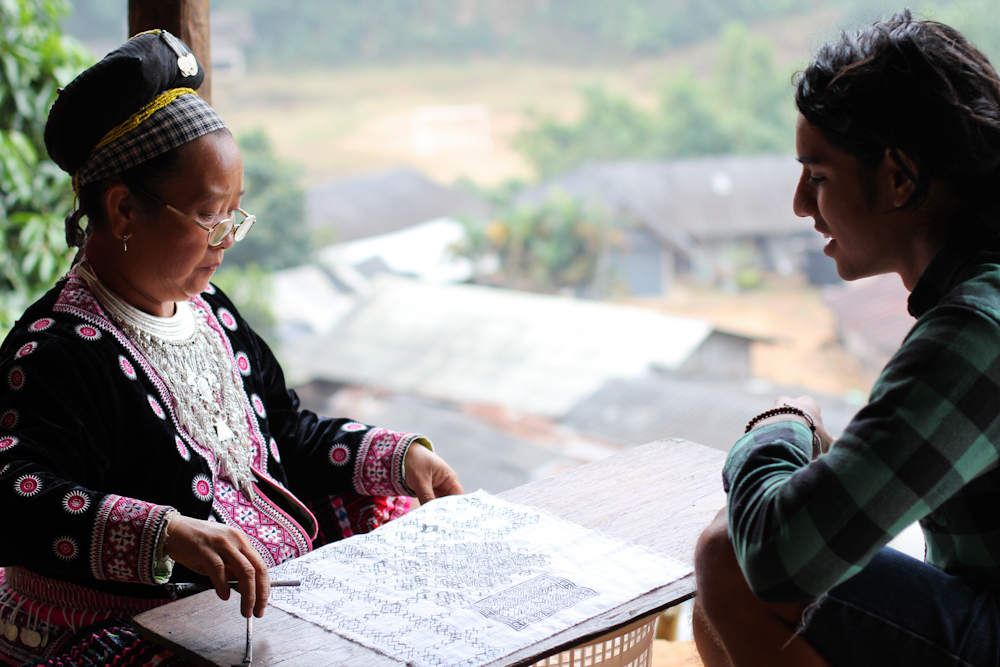
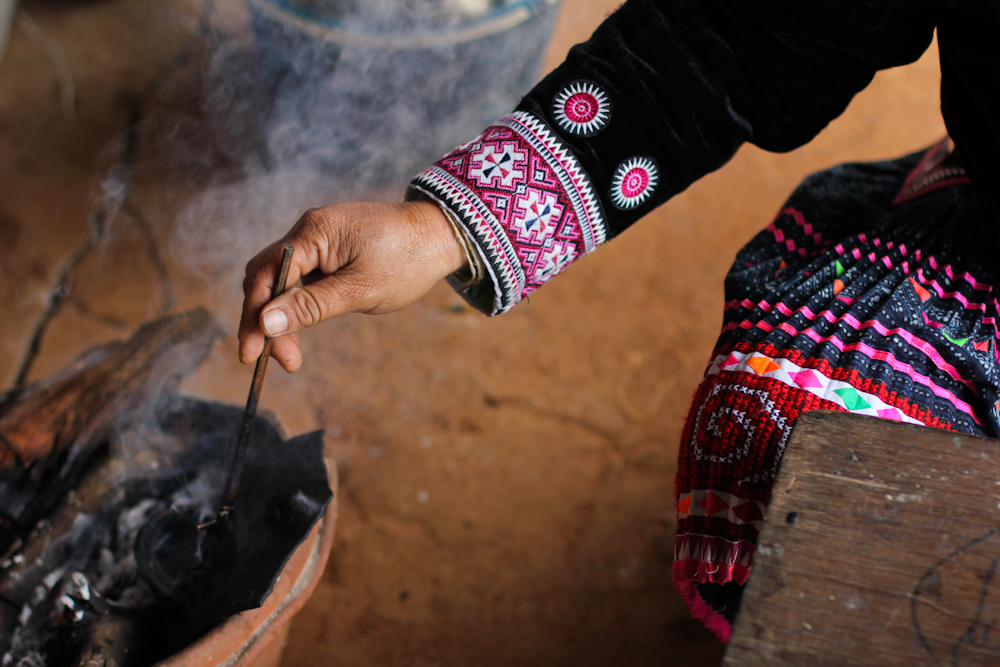
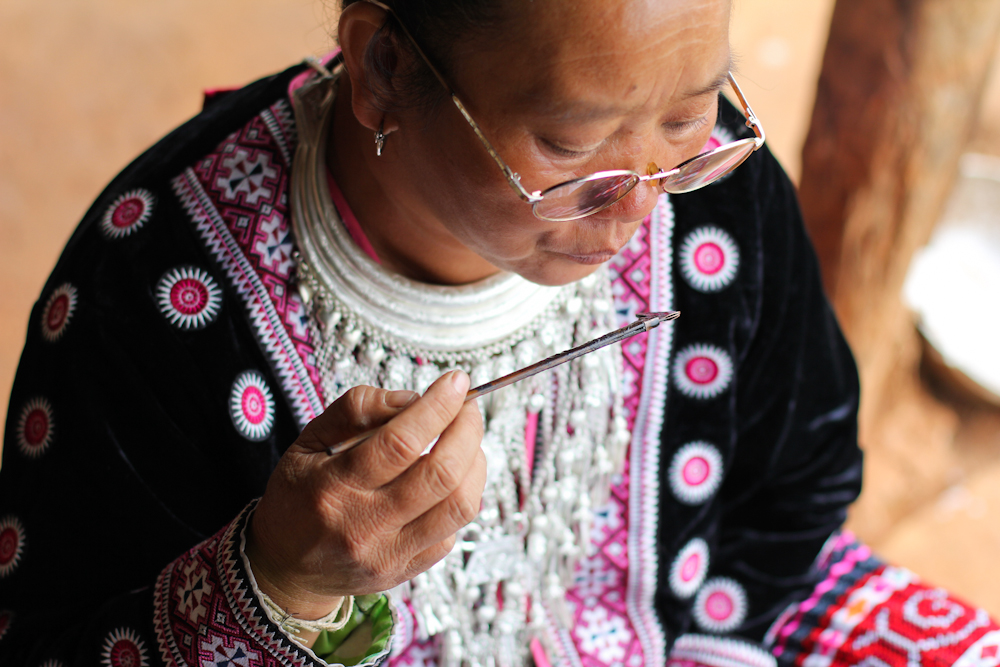
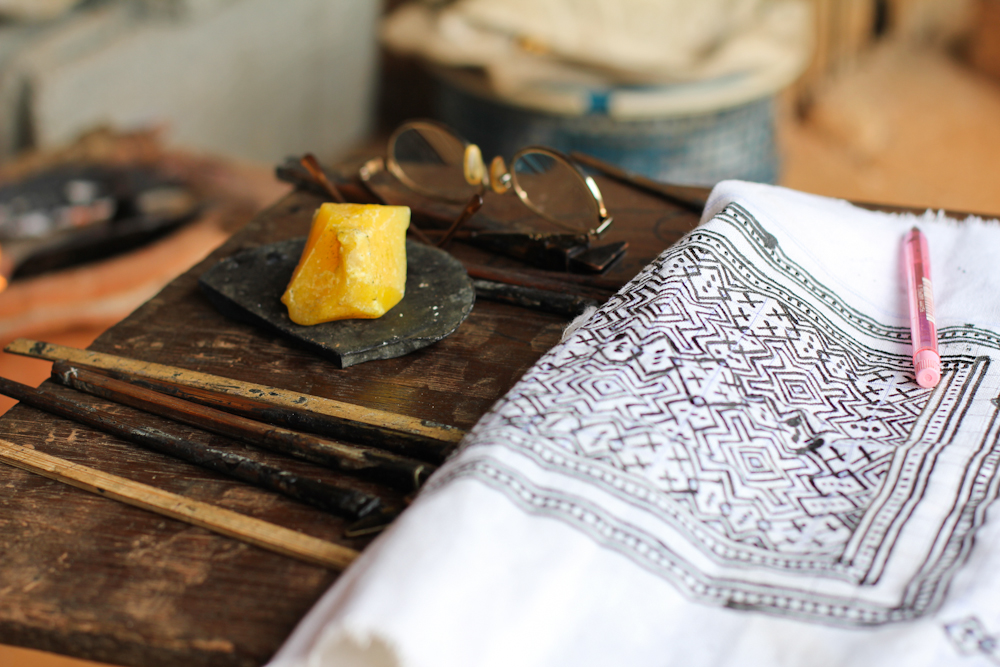
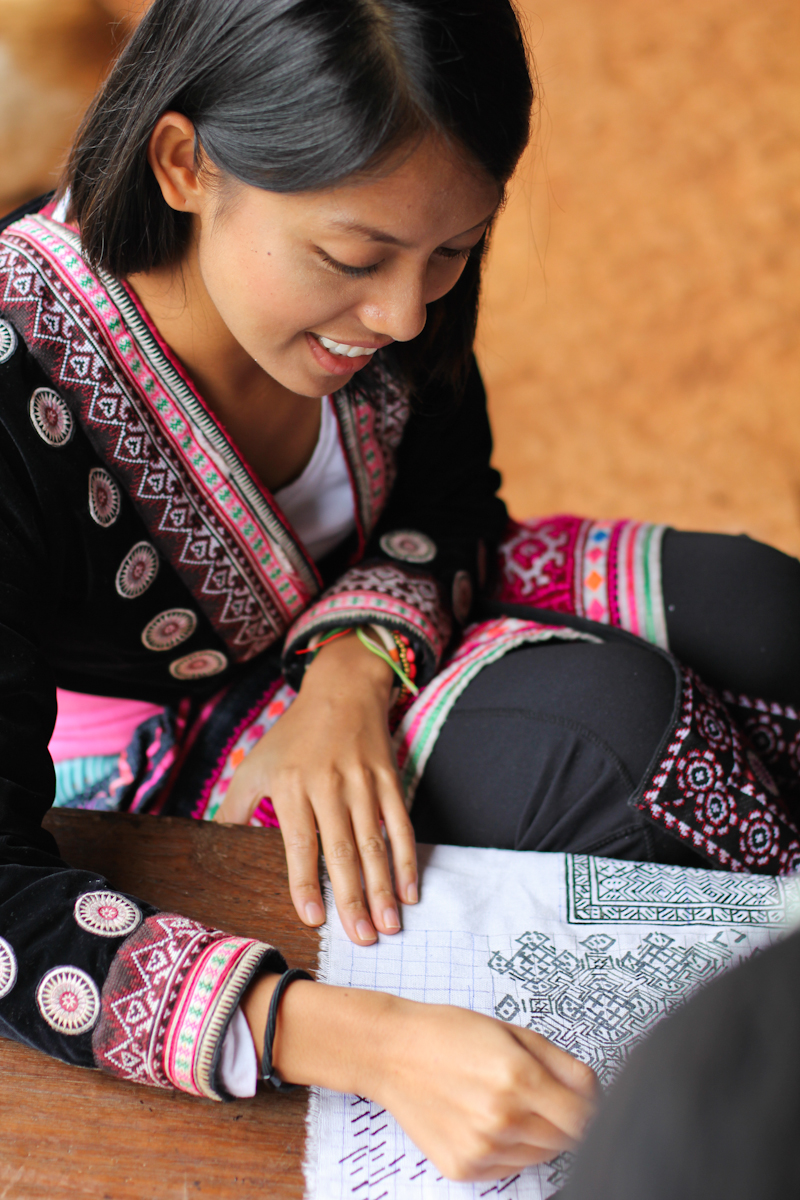
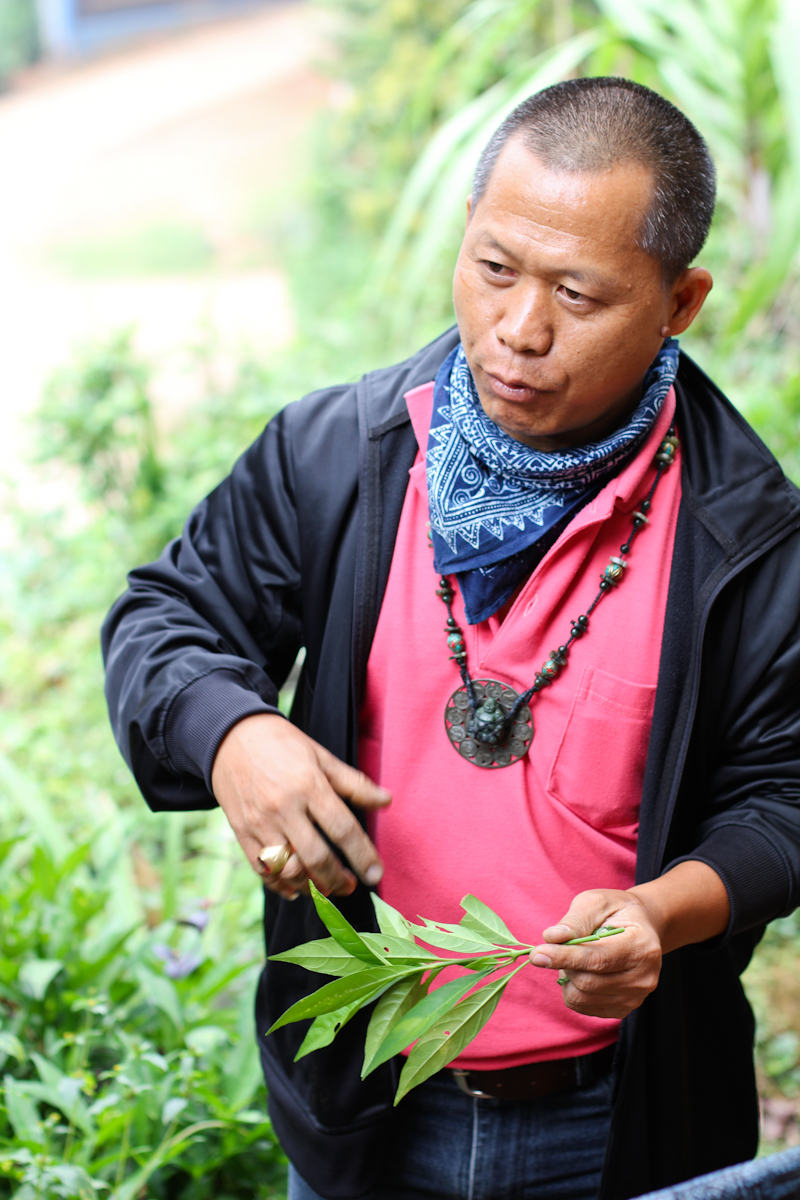
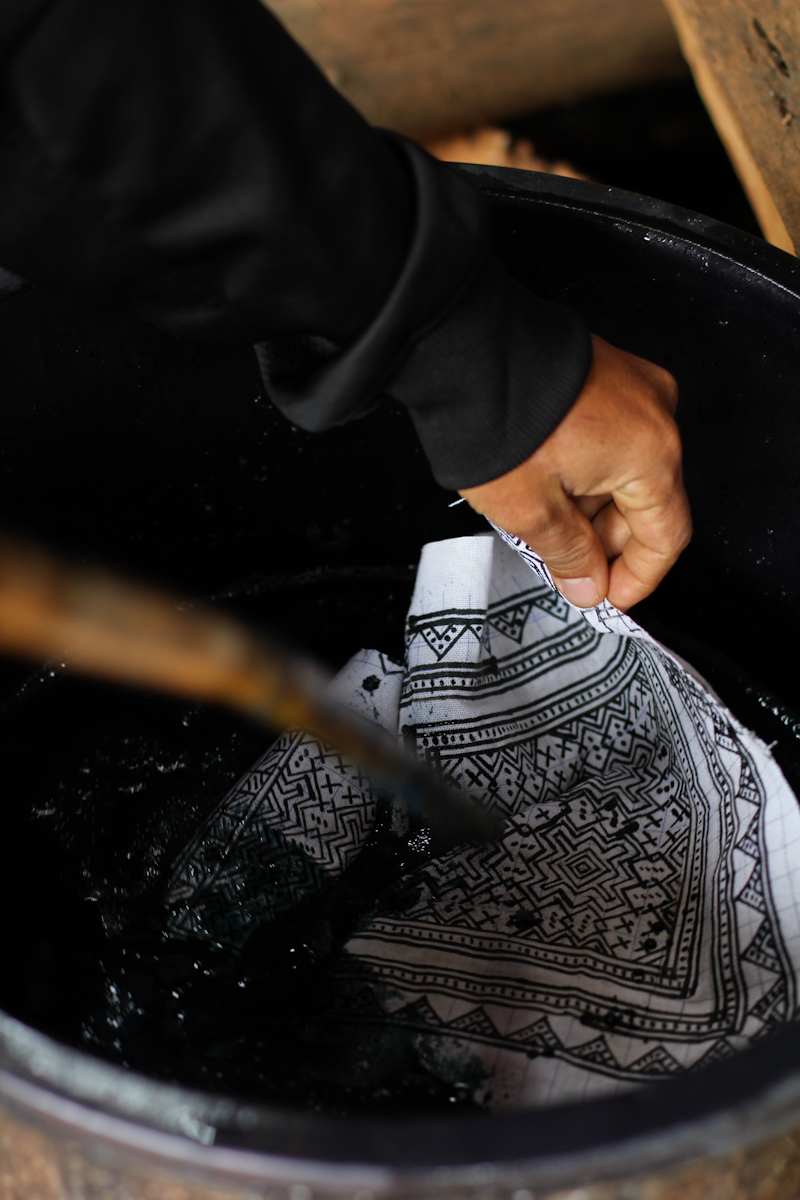
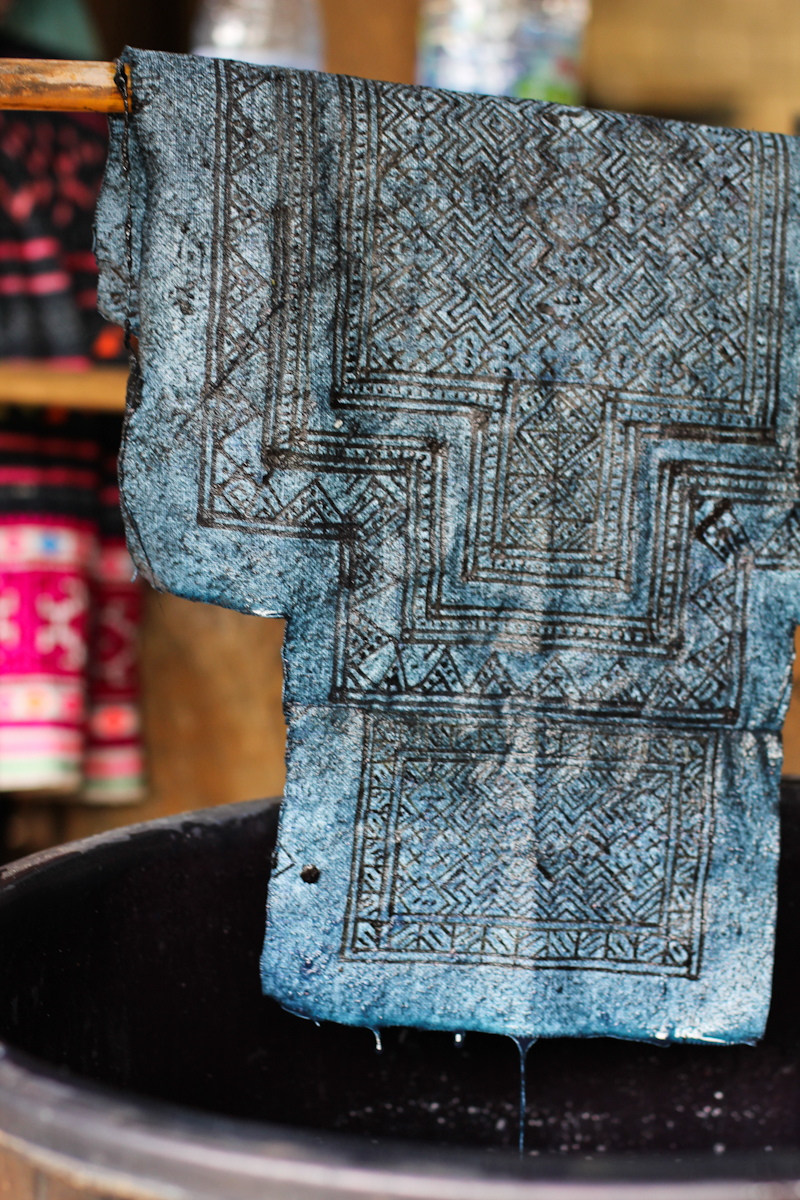
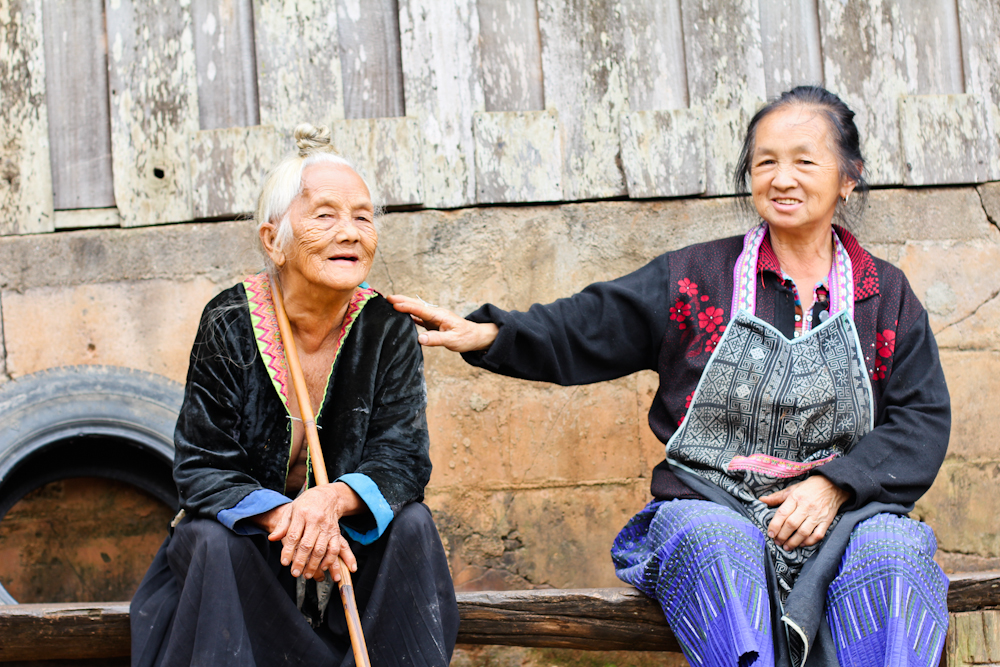
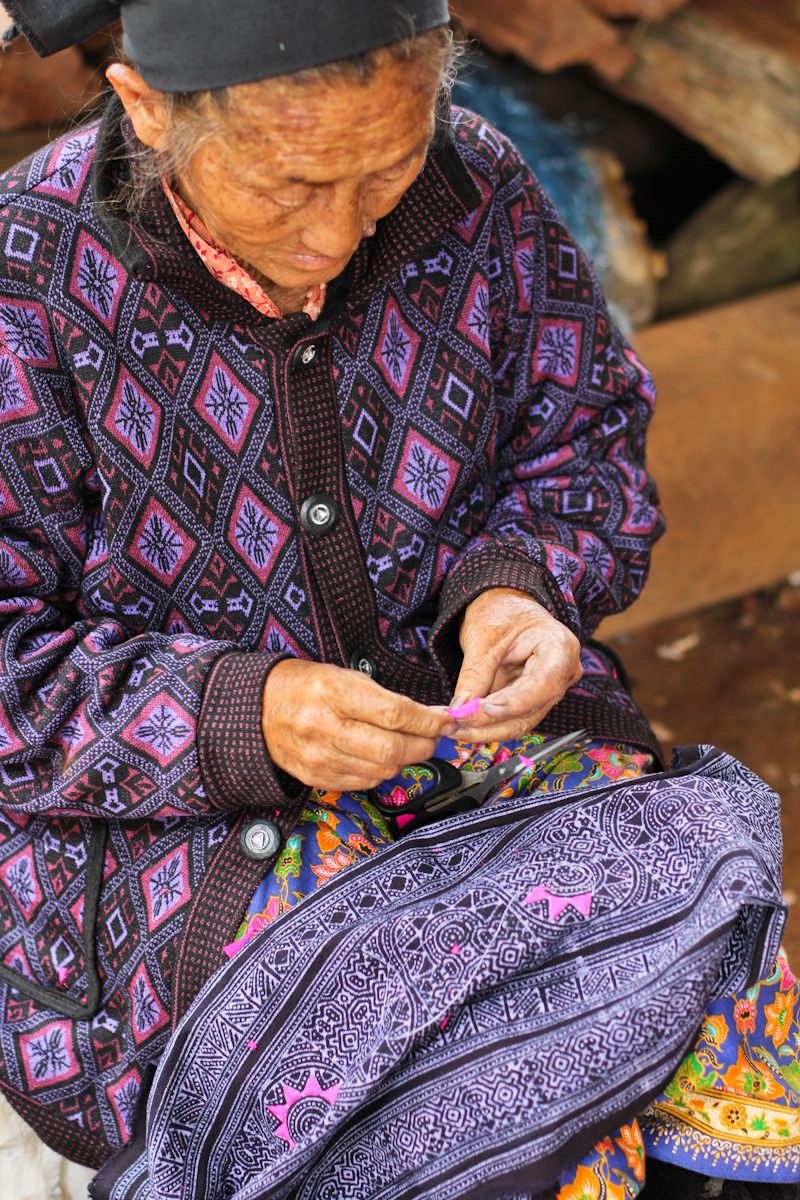
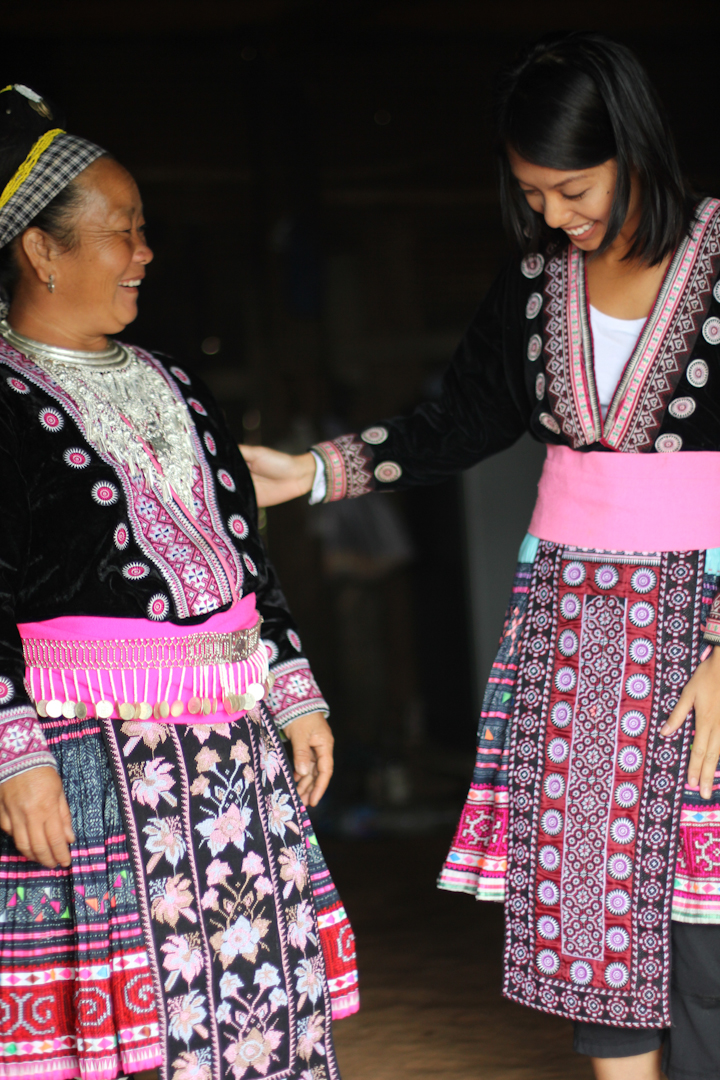
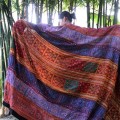



Pingback: Hmong Textile Inspirations New Crop Shop